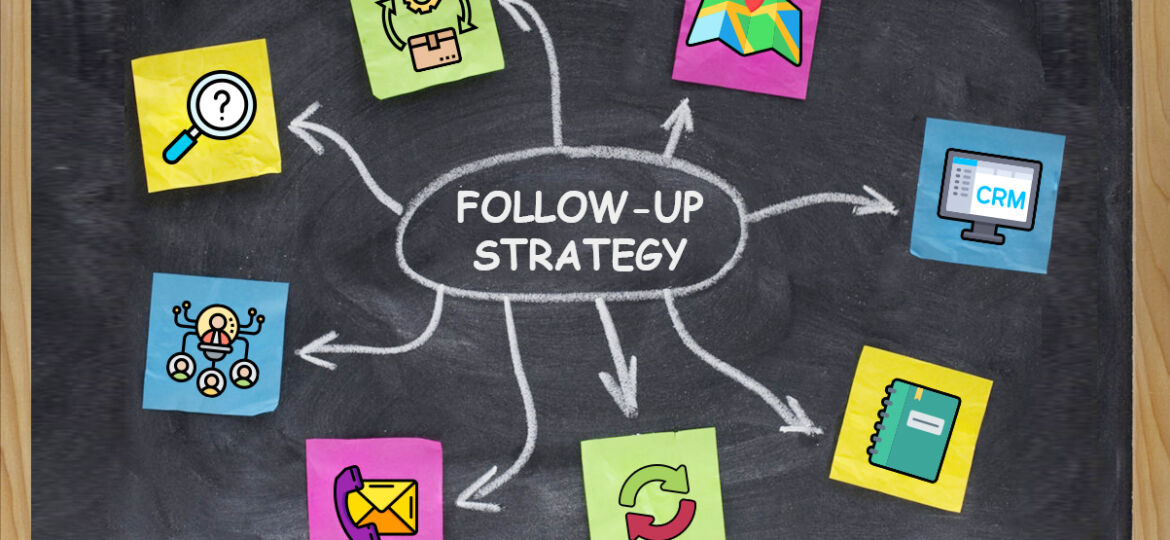
In the dynamic world of sales, following up with MSP leads plays a pivotal role in converting potential customers into satisfied clients. A well-crafted MSP lead follow-up strategy is the bridge that connects initial interest to a successful sale. This blog will explore essential techniques and best practices to ensure your sales team excels in lead follow-up, driving revenue growth, and fostering long-term customer relationships.
1. Speed Matters: Act Promptly
When it comes to lead follow-up, time is of the essence. Research has shown that responding to leads quickly dramatically increases conversion rates. Aim to make contact within the first hour of receiving the lead. Whether it’s an email inquiry or a website form submission, set up real-time notifications to promptly address potential customers’ needs. Being the first to respond demonstrates professionalism and a commitment to customer satisfaction.
2. Personalization and Warmth
Generic, cookie-cutter responses rarely resonate with leads. Personalize your follow-up communication to make a lasting impact. Address leads by their names, acknowledge their specific needs or pain points and refer to any previous interactions. Use a friendly and approachable tone that conveys your genuine interest in assisting them. A personalized touch sets the stage for a more meaningful conversation.
3. Provide Value and Solutions
Rather than focusing solely on pushing your product or service, prioritize delivering value and offering solutions. Tailor your follow-up messages to address the lead’s concerns and demonstrate how your offerings can solve their problems. Share relevant case studies, testimonials, or success stories that showcase your solutions’ positive impact on other clients. Showcasing value establishes credibility and builds trust.
4. Diversify Your Communication Channels
Different leads have diverse communication preferences. Some prefer emails, while others are more responsive to phone calls or social media messages. Utilize multiple communication channels to reach leads where they are most comfortable. Remember to communicate consistently across all channels to maintain a cohesive brand image.
5. Be Persistent, Not Pushy
Persistence is crucial to successful lead follow-up, but it must be balanced with sensitivity to the lead’s needs. Follow up consistently without being overly aggressive or pushy. Respect their time and pace, and always provide an opt-out option if they wish to discontinue communication. A courteous and respectful approach goes a long way in maintaining a positive impression, even if a lead doesn’t convert immediately.
6. Active Listening and Customized Approach
During follow-up conversations, practice active listening. Pay attention to the lead’s pain points, interests, and objectives. Use this information to customize your approach and provide tailored solutions. Demonstrating that you understand their unique needs builds rapport and trust, increasing the chances of conversion.
7. Set Clear Next Steps
Keep leads in the loop after initial contact. Clearly outline the next steps in the sales process. Whether scheduling a product demo, offering a free trial, or providing a detailed proposal, setting expectations helps guide leads through the buying journey. Clearly defined next steps reduce uncertainty and streamline the decision-making process.
8. Leverage Technology: CRM and Automation
Utilize Customer Relationship Management (CRM) software to manage leads and track interactions effectively. A CRM system helps your sales team stay organized, access crucial lead information, and follow up at the right time. Additionally, automation tools can send personalized follow-up emails, reminders, and updates, saving time and ensuring consistency in communication.
Mastering the art of lead follow-up is the backbone of a successful sales strategy. Acting promptly, personalizing your communication, providing value, and being persistent without being pushy is essential for driving conversions. By actively listening to leads, customizing your approach, and leveraging technology, your sales team can nurture relationships, boost sales, and foster long-term customer loyalty. Remember, successful lead follow-up isn’t just about closing deals; it’s about building trust and providing exceptional customer experiences that set your business apart.




